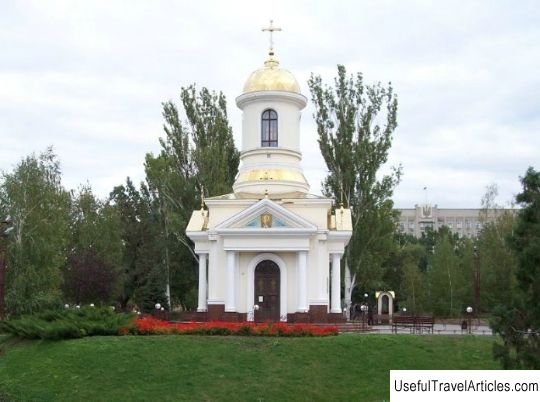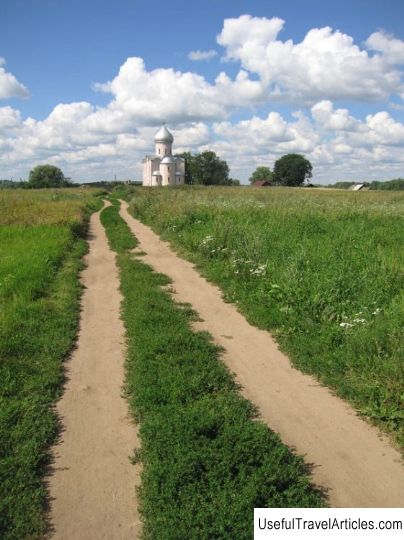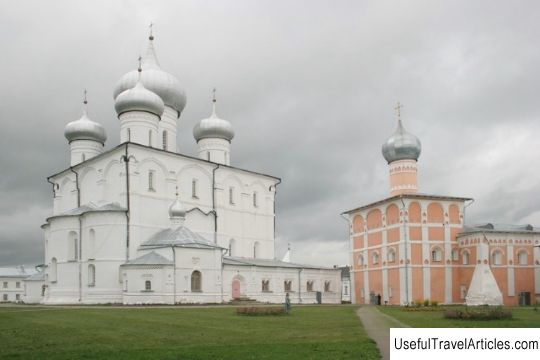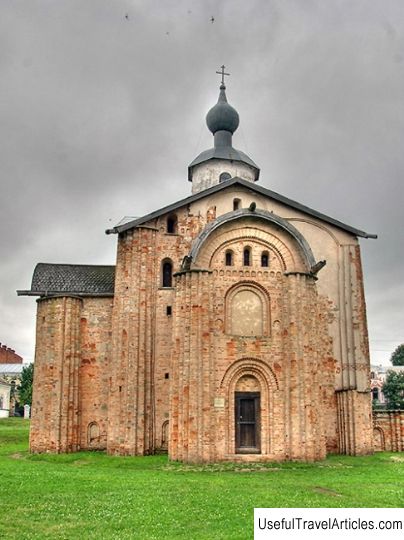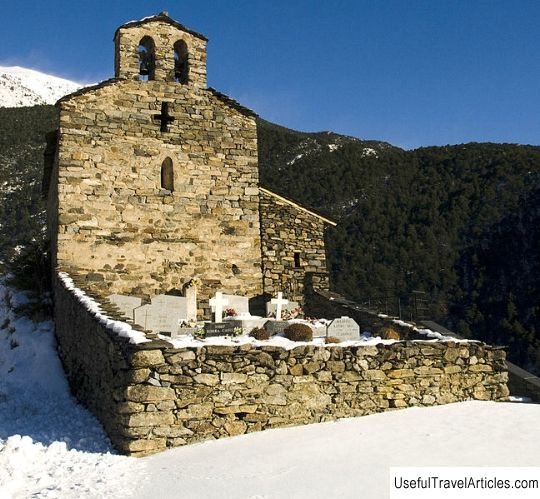Church of the Transfiguration of the Savior on Kovalevo description and photos - Russia - North-West: Veliky Novgorod
Rating: 7,6/10 (309 votes) 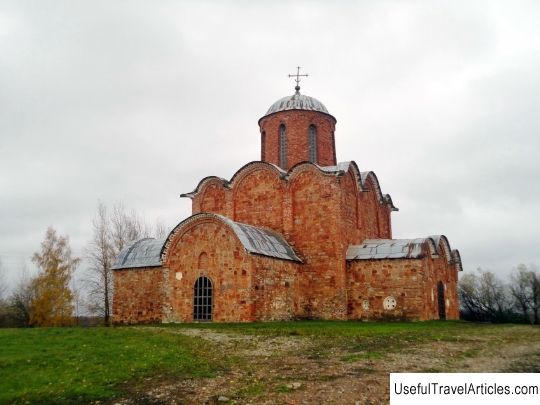
Church of the Transfiguration of the Savior on Kovalevo description and photos - Russia - North-West: Veliky Novgorod. Detailed information about the attraction. Description, photos and a map showing the nearest significant objects. Photo and descriptionThe Church of the Transfiguration of the Savior on Kovalevo - this modest, very Novgorodian in appearance, cubic one-domed church was built four miles from Novgorod on the banks of the Volkhovets. It was built in 1345 by order of Ontsifor Zhabin, a Novgorod boyar. There is an assumption that the tomb of the Zhabin family was located in the southern vestibule of the temple. The building was blessed by the great saint, Archbishop Vasily. The Church of the Savior on Kovalevo is considered one of the monuments of Novgorod architecture of the XIV century, which arouses great interest. The Church of the Savior is a monument of a transitional era, the architectural appearance of which reflects new research and adherence to tradition. The old inscription above the western entrance to the church lets us know that the painting of the temple was made in 1380 by Balkan masters. Funds for painting were provided by a certain Afanasy Stepanovich and his wife Maria. The painting expressed a rare standard of Russian medieval fresco painting with eloquent characters and picturesque colors. The painting was completed shortly before the Battle of Kulikovo. Most likely, this is why a large number of depicted warriors-martyrs - the defenders of the Russian land are represented on the walls of the temple. Until 1941, the painting covered the altar, the dome, the southern and northern walls of the temple, most of the pillars and arches, and also the porch of the temple on the west side. The murals of the Kovalevskaya church, made by South Slavic, supposedly Serbian, masters, and it is a convincing confirmation of Novgorod's strong relations with the Balkan Slavic countries in the field of culture, which is also proved by the literary connections of Novgorod in the fourteenth and fifteenth centuries. Some details also indicate the South Slavic influence: fragments of gilding on the halos of Christ, Elijah the Prophet (this is not typical for Russian paintings), dissimilarity with Russian types of faces of some saints and other details. In total, approximately 450 sq. m paintings. They existed for a short time in unspoiled beauty. In 1386, a great fire broke out in the monastery, during which the church with frescoes was damaged. Later, in the 18th century, the painting was simply whitewashed. In this form, it stood until the beginning of the XX century. The painting was unveiled in two stages in 1911-1912 and 1921. The process was supervised by a talented restorer N.P. Sychev. The results of his efforts exceeded all expectations: 350 sq. m of beautiful frescoes of the XIV century have been restored. Until 1941, the murals diligently tried to study and make copies, but the full publication was never prepared. Few random photographs and individual descriptions have survived. After the liberation of Novgorod, a five-meter heap of debris was found in the place where the Kovalevsky Spas was. In a stone crumb overgrown with weeds and nettles, one could see from time to time small fragments of priceless frescoes flashing in golden and blue. Excavations carried out in 1964 showed that the frescoes are still to be restored. In 1965, under the guidance of the artist-restorer A.P. Grekov, the dismantling of the rubble began. A colossal work was done, the litter was sifted through sieves, the remnants of the frescoes were carefully selected, sorted, and placed. Then they were mounted on special boards. So almost a third of the Kovalevsky murals, thanks to laborious and painstaking work, it was restored. In this long-term difficult work, the restorers were rendered invaluable assistance by art students, artists and representatives of various professions. This work attracted the interest of the general public, it was the first successful experiment to recreate the destroyed antiquities of Novgorod. Painting of unprecedented beauty, this is how they say about the frescoes of the Church of the Savior on Kovalevo. The restorers of the older generation managed to collect almost half of the entire painting of the church. The faces of the saints are fixed on titanium shields, they are kept in the funds of the Novgorod Museum, and in fact, they are already a separate painting exhibition.         We also recommend reading Ancient city of Petra (Petra) description and photos - Jordan: Petra rec Topic: Church of the Transfiguration of the Savior on Kovalevo description and photos - Russia - North-West: Veliky Novgorod. |
